|
Genres, Themes, Actors, and Directors:
- Amateur Sleuths
- Falsely Accused
- Fugitives
- Hitchcock Films
- Murder Mystery
Response to Peary’s Review:
Peary writes that if this “very entertaining, sadly overlooked Alfred Hitchcock thriller” doesn’t “reach the heights of The 39 Steps — which it “greatly resembles” — that’s “because the earlier film (also co-written by Charles Bennett) has more mature characters…, more glamorous stars…, and a couple-on-the-run story in which more is at stake than just our hero proving his innocence.” He adds that “Pilbeam (the teenage kidnap victim in Hitchcock’s 1934 version of The Man Who Knew Too Much)” is “a brave and resourceful young woman” who “voluntarily (unlike Carroll) helps the hero [De Marney] elude the police and track down the real killer” — which means she “must go against her father (Percy Marmont) for the first time.”
Peary argues that while “surely the film would have been a bit more exciting if De Marney and Pilbeam (a likable screen couple) were ever in more serious danger than just being arrested,” “their search for the murderer is most entertaining.” Indeed, De Marney and Pilbeam — relatively unknown actors — are hugely appealing in the lead roles:
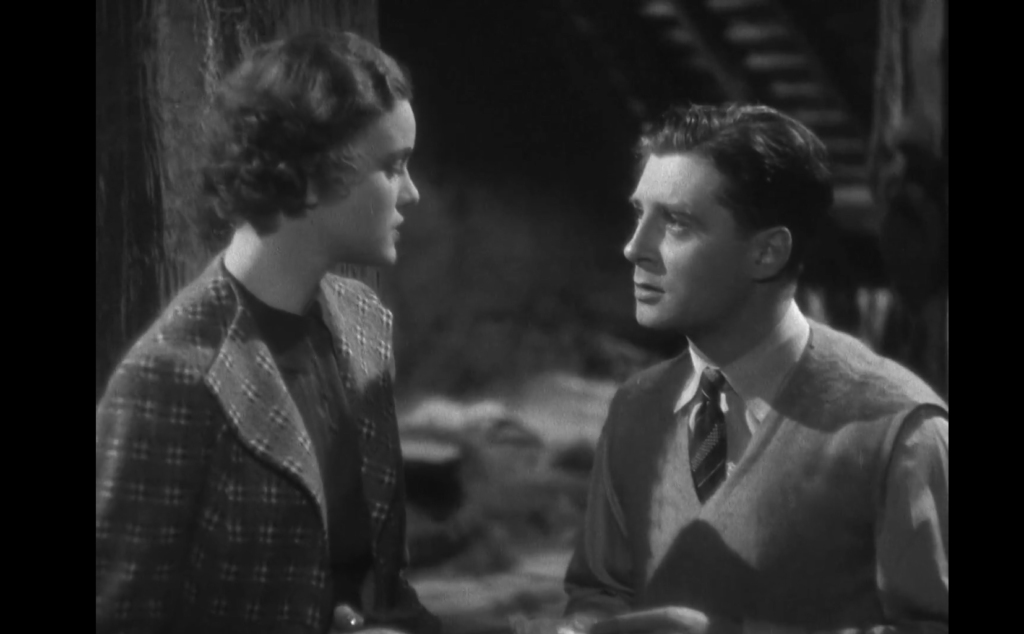
It’s difficult not to root for them as they doggedly track down the evidence they need while simultaneously falling in love. As indicated in the alternate title (The Girl Was Young), the film goes beyond Hitchcock’s standard tropes of false accusations and amateur sleuthing to focus on Pilbeam’s transformation from an independent yet sheltered girl to someone who brazenly follows her heart rather than her head.
Redeeming Qualities and Moments:
- Nora Pilbeam as the (initially) unwilling accomplice
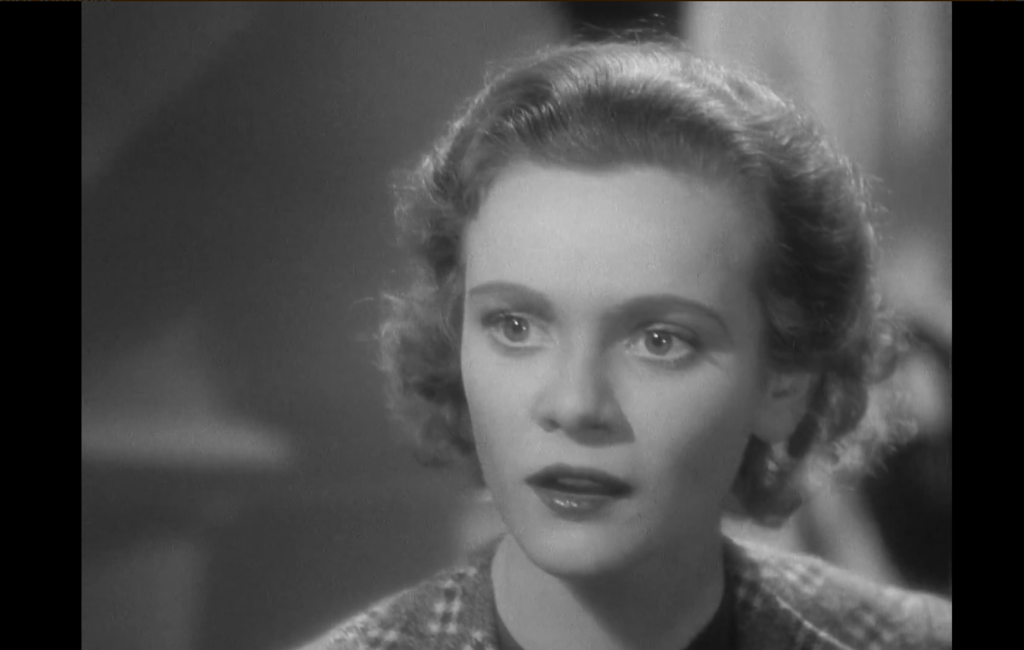
- Handsome Derrick De Marney as the falsely accused yet ever-hopeful young suspect
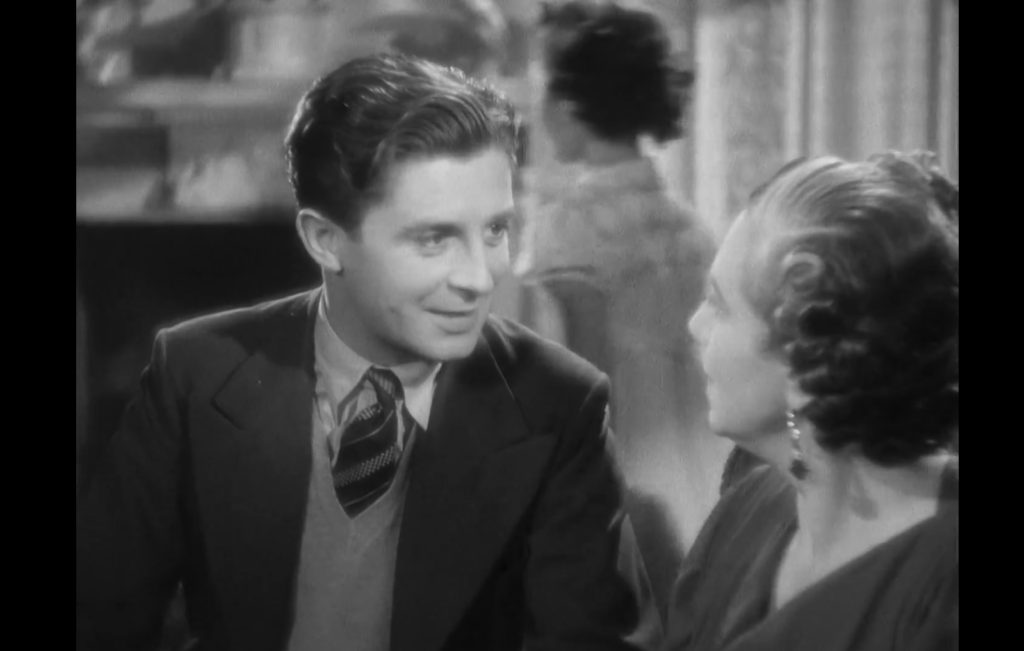
- J.H. Roberts as the “veddy British” solicitor assigned to De Marney’s case
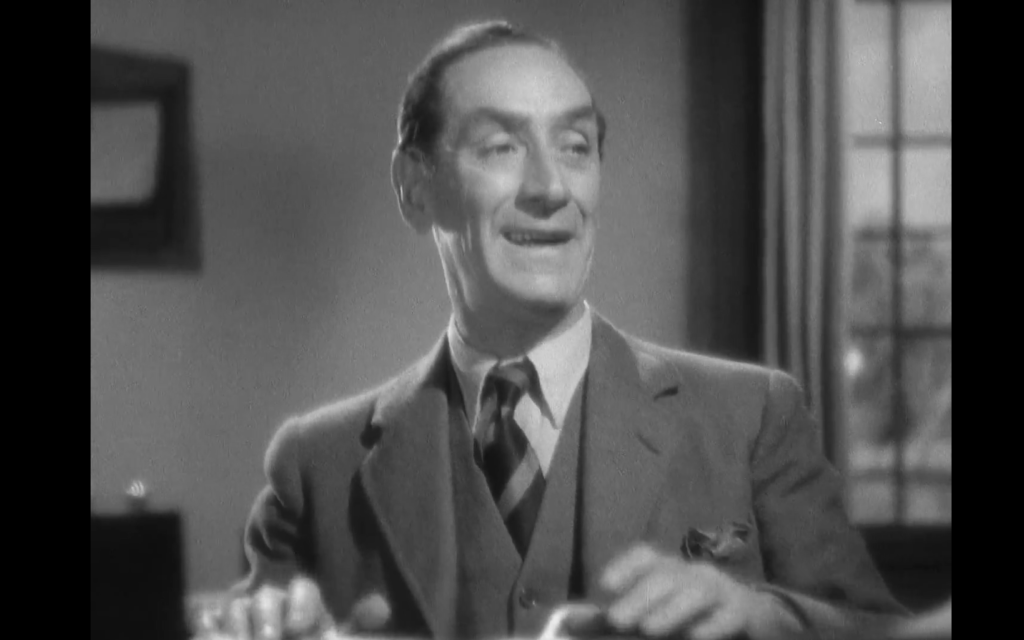
- Creative settings, such as the birthday party where Pilbeam’s aunt begins to suspect something is wrong
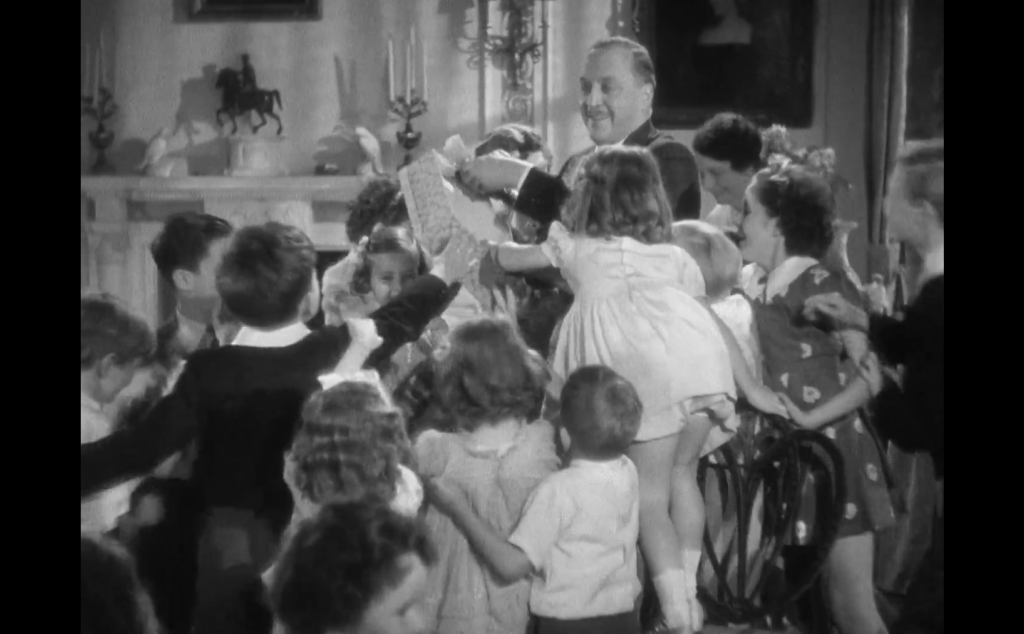
- Atmospheric cinematography
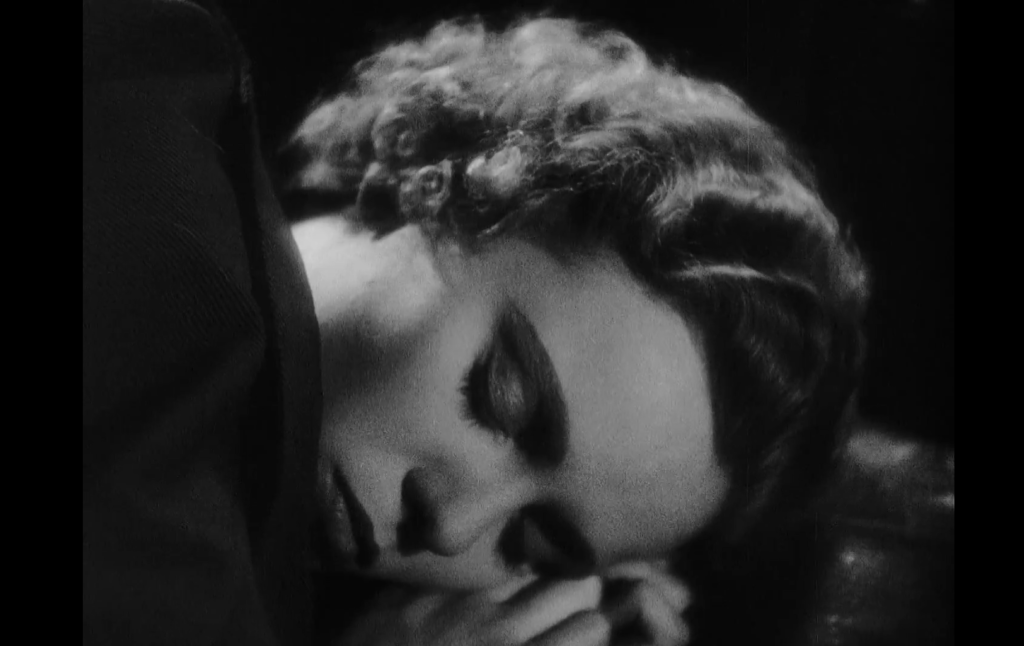
Must See?
No, but it’s recommended, and must-see viewing for Hitchcock fans.
Links:
|







One thought on “Young and Innocent / The Girl Was Young (1937)”
I’m going to have to go to bat for this as a must.
I know I saw it years ago but, having just revisited, I’m struck (and, in several ways, charmed) by how nicely and effectively this tale is told. As noted by Peary, it is “very entertaining” and “sadly overlooked”. As assessed here, it is more exciting than even Peary gives it credit for being.
It’s certainly among the best of Hitchcock’s early films – with a taut screenplay to work with, his footing is exact and confident. (Of course, some of the miniature production design now looks quaint, but that’s a small point.)
And Hitch is helped immensely by his terrific stars! Pilbeam and De Marney complement each other beautifully from the start. The ‘suspense’ of their growing relationship is as riveting as the film’s plot (so much so that the latter almost becomes secondary). (Soon after Pilbeam declares that De Marney is not her type, I began to wonder what her type would be: elite intellectual? – no, I didn’t really think so; brawny, hirsute Italian? – hmm…perhaps I was projecting…)
Of the two, Pilbeam has the more complex (btw: early feminist) role. One can barely keep up with the various and sundry conflicting emotions that land on her throughout the course of the movie, all of which are heightened not only by the fact that she’s a constable chief’s daughter but also because she is the eldest child and the only daughter in a large, motherless household. (I esp. like the sequence around the dinner table, in which, surrounded by her brothers, she overhears her father on the phone discussing the strong possibility that De Marney may have been found at last.) What makes the film’s final shot (a hold on Pilbeam’s finally relaxing and smiling face) so satisfying is that we finally see this character happy at last – and we’ve so wanted her to be for as long as we’ve watched her.
The kinetic spontaneity of ‘Young and Innocent’ (as well as that of some others in his mid-career) stands in stark contrast to a number of Hitch’s later, more studied films. And though there’s less overt action, what’s here (esp. one very unexpected sequence involving Pilbeam’s car) is gripping.
Early on, Hitch can be spotted in one of his more animated cameos.
Fave scene: the ‘Road Up’ sequence, esp. the little ‘joke’ at its conclusion.